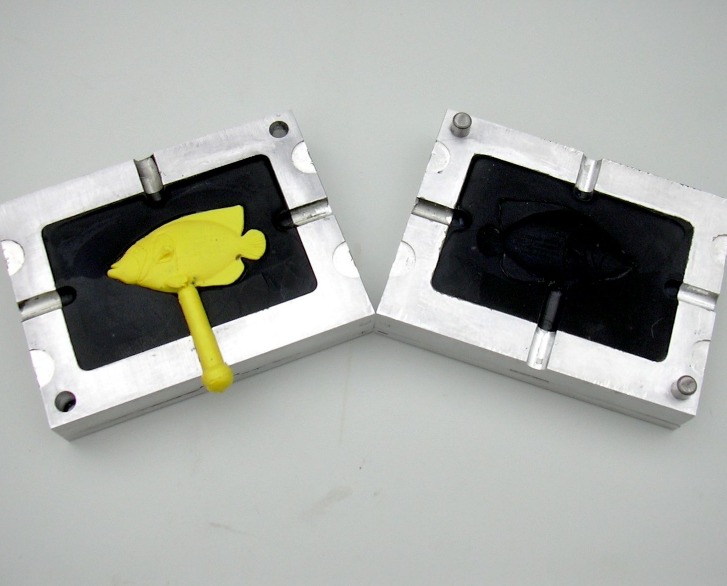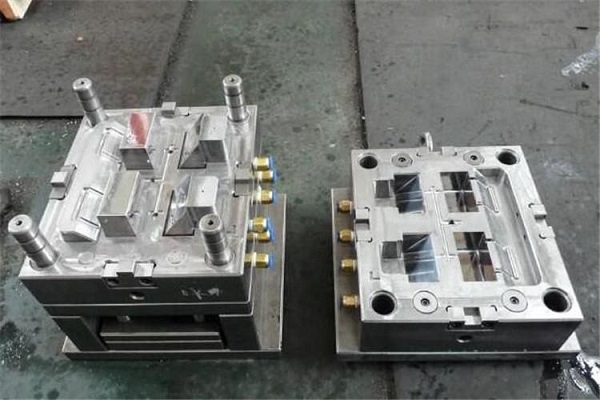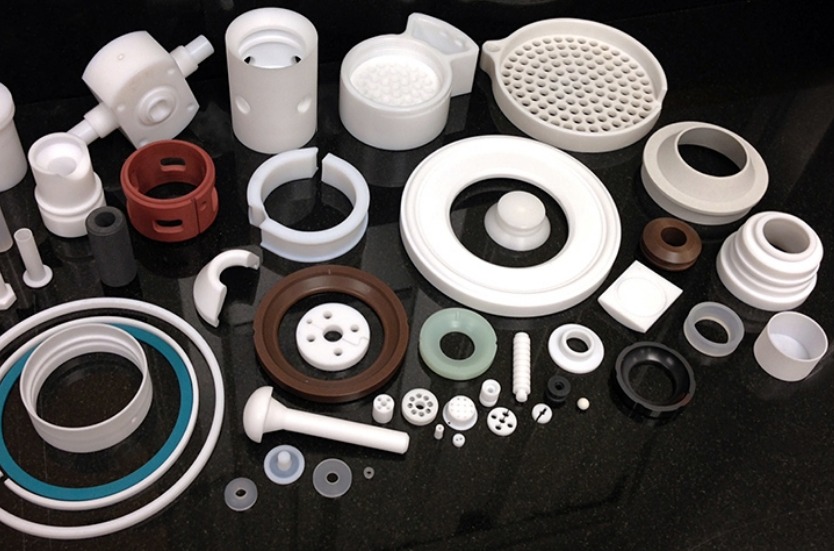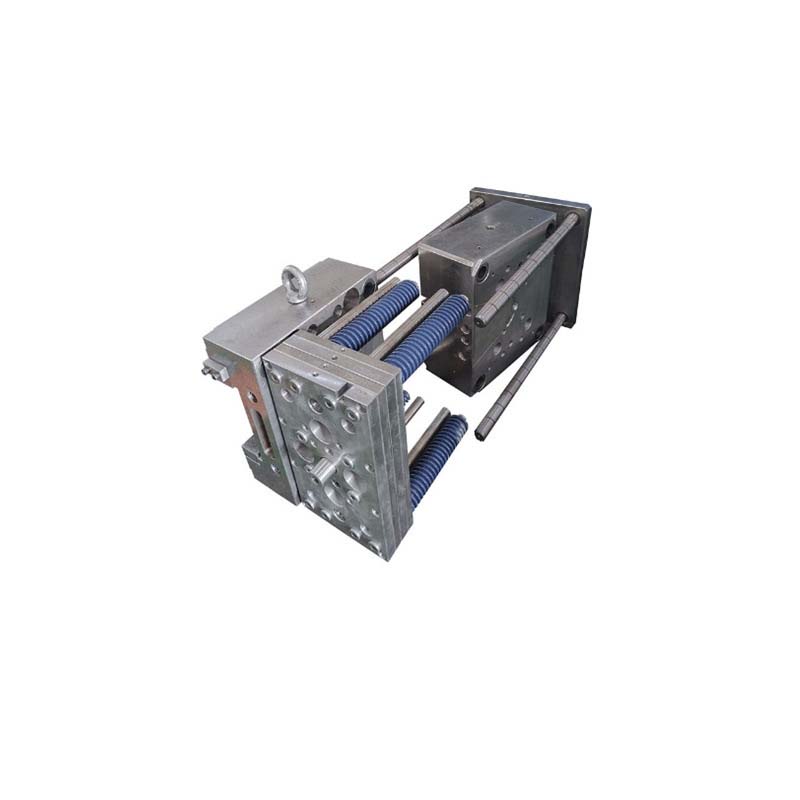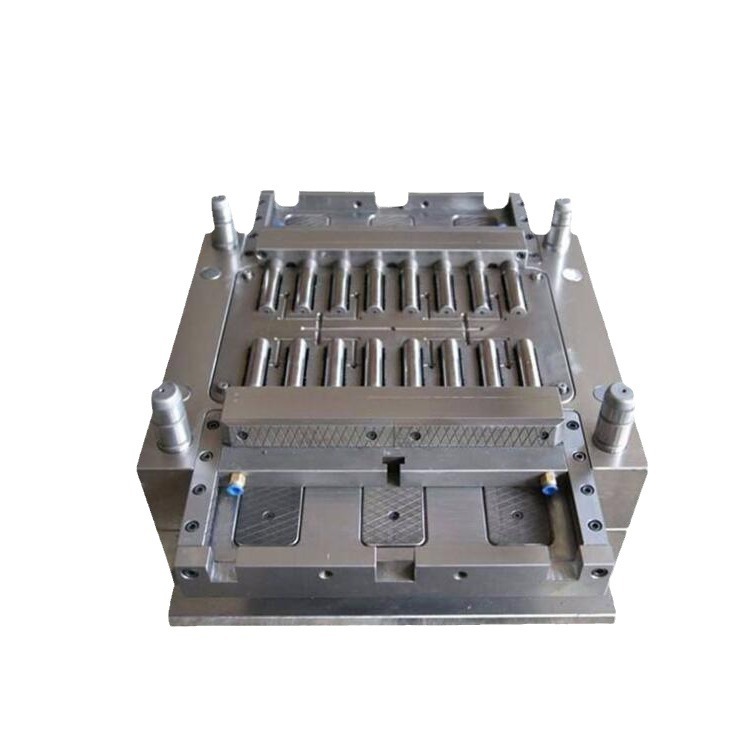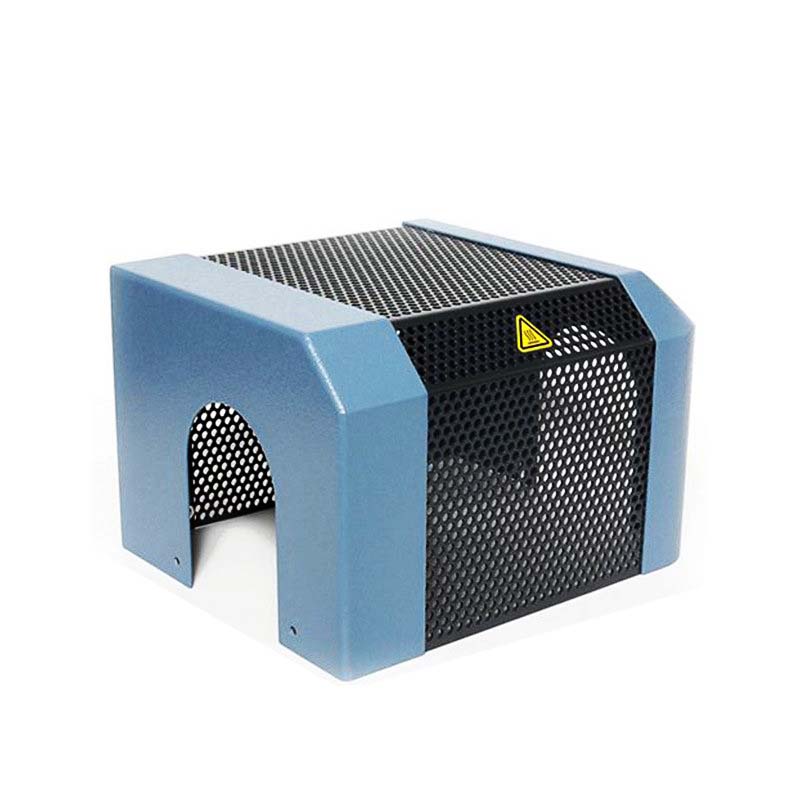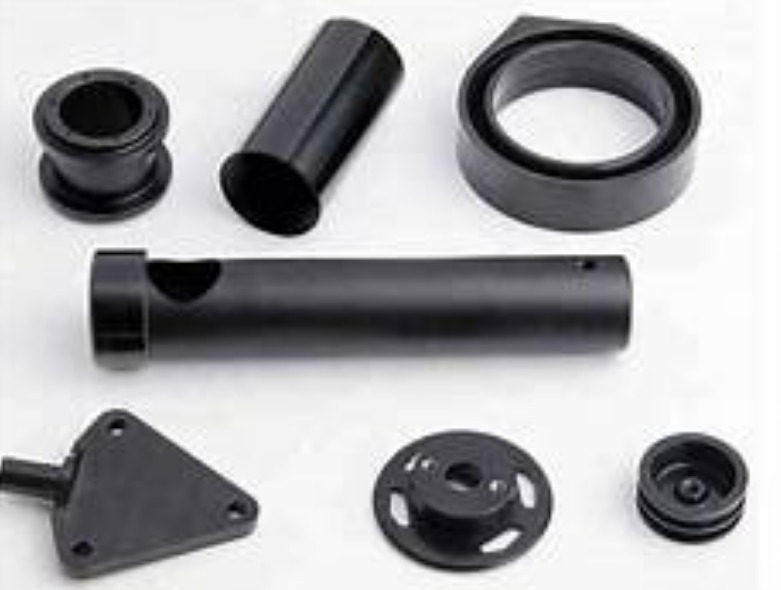Introduction
Understanding the Significance of Epoxy Molds
In the vast realm of industrial manufacturing, epoxy molds have emerged as indispensable tools, playing a pivotal role in a diverse range of applications. These molds are celebrated for their remarkable versatility, cost - effectiveness, and the ability to produce high - precision components with relative ease.
Epoxy molds are extensively utilized in industries such as automotive, aerospace, electronics, and consumer goods. For example, in the automotive industry, they are employed to create intricate interior components like dashboards and door panels. In the aerospace sector, epoxy molds contribute to the production of lightweight yet durable parts, crucial for enhancing fuel efficiency and overall performance. The electronics industry benefits from epoxy molds in manufacturing compact and precisely - shaped components for circuit boards and connectors.
The precision offered by epoxy molds is a key factor in their widespread adoption. They can replicate the most intricate details of a prototype, ensuring that the final product adheres closely to the design specifications. This level of precision is essential in industries where even the slightest deviation can lead to significant performance issues or product failures.
Durability is another critical aspect of epoxy molds. They are designed to withstand the rigors of repeated use, high pressures, and varying temperatures during the molding process. This durability not only reduces the need for frequent mold replacements but also contributes to cost - savings in the long run.
However, the performance of epoxy molds is highly dependent on the choice of plastic material used in their construction. The right plastic can enhance the mold's precision, durability, chemical resistance, and heat resistance. Conversely, a poor choice of plastic can lead to mold deformation, reduced product quality, and shorter mold lifespan. Therefore, selecting the best plastic for epoxy molds is a decision that requires careful consideration of various factors, which we will explore in detail in the following sections.
Key Considerations When Selecting Plastics for Epoxy Molds
Chemical Resistance
Epoxy molding processes often involve exposure to various chemical substances, such as curing agents, solvents, and release agents. Therefore, the plastic used for the mold must have excellent chemical resistance.
- Polypropylene (PP): PP is highly resistant to a wide range of acids, alkalis, and organic solvents. For example, it can withstand the action of dilute sulfuric acid and sodium hydroxide solutions without significant degradation. This chemical resistance ensures that the mold maintains its integrity over multiple molding cycles. If a mold is made of a plastic with poor chemical resistance, exposure to these chemicals could lead to swelling, cracking, or dissolution of the mold material. Such degradation would not only affect the precision of the mold but also reduce its overall lifespan, increasing production costs due to the need for frequent mold replacements.
- Polytetrafluoroethylene (PTFE): PTFE is renowned for its outstanding chemical inertness. It is resistant to almost all chemicals, including strong oxidizing agents and corrosive acids like hydrofluoric acid. This makes PTFE an ideal choice for epoxy molds when dealing with highly reactive chemical environments.
Thermal Stability
Thermal stability refers to a material's ability to maintain its physical and chemical properties when exposed to high temperatures. In the context of epoxy molds, thermal stability is of utmost importance.
- During the curing process: Epoxy resins typically require heat to cure properly. The mold must be able to withstand the curing temperature without deforming, softening, or losing its dimensional accuracy. For instance, if the mold is made of a plastic with a low melting point, it may start to warp or melt during the curing process, resulting in a defective mold and, consequently, low - quality molded products.
- Under continuous use: Molds are often subjected to repeated heating and cooling cycles. A thermally stable plastic will not experience significant changes in its properties over time, ensuring consistent mold performance. High - temperature - resistant plastics like polyetherimide (PEI) can maintain their mechanical strength and dimensional stability at elevated temperatures, making them suitable for applications where the epoxy mold is exposed to high - heat environments.
Mechanical Properties
The mechanical properties of the plastic used for epoxy molds play a crucial role in determining the mold's performance and durability.
- Strength: High - strength plastics can withstand the pressures exerted during the epoxy molding process. For example, when injecting epoxy resin into the mold, there is internal pressure within the mold cavity. A mold made of a strong plastic, such as acrylonitrile - butadiene - styrene (ABS), can resist this pressure without cracking or deforming. ABS has good impact strength, which also means it can handle any sudden impacts or vibrations during the manufacturing process.
- Hardness: A hard plastic surface helps in maintaining the precision of the mold. It prevents the mold from being easily scratched or worn down, which could lead to inaccuracies in the molded parts. For instance, polycarbonate (PC) has high hardness, ensuring that the fine details of the mold are preserved over multiple uses. This is especially important when creating complex and high - precision epoxy - molded components.
- Flexibility (in some cases): While high strength and hardness are often desirable, in certain applications, a degree of flexibility can be beneficial. Flexible plastics like thermoplastic elastomers (TPEs) can be used for epoxy molds when the molded parts need to be easily removed from the mold without damaging the part or the mold itself. TPEs can bend and deform slightly during the demolding process, allowing for a smooth release of the epoxy - molded product.
Top Plastic Options for Epoxy Molds
Polycarbonate (PC)
Properties and Features
Polycarbonate (PC) is a high - performance thermoplastic with a range of remarkable properties. It is known for its exceptional impact resistance, which allows it to withstand high - force impacts without cracking or shattering. For example, PC can endure impacts that would easily break other plastics, making it a popular choice for applications where durability under stress is crucial.
PC also offers high transparency, with a light transmittance of up to 87% - 91%. This transparency, combined with its clarity, makes it suitable for applications where visual inspection of the epoxy - molded parts is necessary. Additionally, it has a high heat - deflection temperature, typically around 130 - 140 °C, enabling it to maintain its shape and mechanical properties under elevated temperatures. PC is dimensionally stable, meaning it experiences minimal shrinkage or expansion during the epoxy molding process, ensuring consistent and accurate part replication.
Precision and Durability in Epoxy Molds
In epoxy molds, PC's high - strength and dimensional stability are key factors in achieving precision. The low shrinkage rate of PC ensures that the mold cavities maintain their original shape and size during the curing of the epoxy resin. This results in highly accurate epoxy - molded parts with tight tolerances. For instance, in the production of small, intricate electronic components using epoxy molds made of PC, the precise replication of the mold details is crucial for the proper functioning of the final product.
The durability of PC in epoxy molds is evident from its ability to resist wear and tear over multiple molding cycles. Its high impact resistance allows it to withstand the mechanical stresses associated with the injection and ejection of the epoxy resin. PC - based epoxy molds can be used for a large number of production runs without significant degradation, reducing the need for frequent mold replacements and thus lowering production costs.
Applications and Case Studies
PC - made epoxy molds are widely used in the automotive industry. For example, in the production of automotive interior components such as instrument panel bezels. These components require high precision to fit perfectly within the vehicle's interior design. Epoxy molds made of PC can accurately replicate the complex shapes and fine details of the bezels, ensuring a seamless fit.
Another application is in the electronics industry. A case study from a leading electronics manufacturer shows that when using PC - epoxy molds for producing smartphone camera lens housings, the high - precision and durability of the PC molds led to a significant reduction in product defects. The consistent quality of the molded lens housings improved the overall performance of the smartphone cameras, leading to increased customer satisfaction.
Acrylic (PMMA)
Properties and Features
Acrylic, also known as polymethyl methacrylate (PMMA), is renowned for its outstanding optical properties. It has an extremely high light transmittance, often reaching up to 92% - 95%, which is even higher than that of some types of glass. This makes it an ideal choice for applications where clear visibility is a top priority.
PMMA is also relatively easy to process. It can be easily cut, drilled, and shaped using common manufacturing techniques, allowing for the creation of complex mold designs. Additionally, it has good weather resistance, which means it can maintain its properties when exposed to outdoor elements for extended periods. PMMA has a relatively low density, making it a lightweight option for mold construction.
Precision and Durability in Epoxy Molds
In terms of precision, PMMA's ability to be machined to high tolerances makes it suitable for epoxy molds that require fine details. The smooth surface finish of PMMA molds helps in producing epoxy - molded parts with excellent surface quality. However, compared to PC, PMMA has a lower impact resistance. But in applications where the forces during the molding process are not overly high, its durability can still be sufficient.
PMMA molds can withstand the chemical environment of the epoxy molding process well, maintaining their integrity during repeated use. With proper care and handling, PMMA - based epoxy molds can be used for a reasonable number of production cycles, especially in industries where the production volume is not extremely high.
Applications and Case Studies
PMMA epoxy molds are commonly used in the production of decorative items. For example, in the creation of high - end jewelry display cases. The high - transparency of PMMA allows for a clear view of the jewelry, while its ease of processing enables the creation of intricate mold designs to match the unique shapes of the display cases.
In the signage industry, PMMA epoxy molds are used to produce three - dimensional letters and logos. A signage company reported that by using PMMA epoxy molds, they were able to achieve a high level of detail in the signage, with sharp edges and smooth surfaces. The weather resistance of PMMA ensured that the molded signage maintained its appearance even when exposed to harsh outdoor conditions for years.
Polyethylene Terephthalate (PET)
Properties and Features
Polyethylene terephthalate (PET) is a thermoplastic polymer with excellent mechanical properties. It has high tensile strength, which allows it to resist stretching and deformation during the epoxy molding process. PET also exhibits good dimensional stability, with a low coefficient of thermal expansion. This means that it does not expand or contract significantly with changes in temperature, ensuring consistent mold dimensions.
PET is highly resistant to moisture and many chemicals, making it suitable for use in epoxy molding processes that involve exposure to various substances. It is also known for its good abrasion resistance, which helps in maintaining the integrity of the mold surface over time. Additionally, PET is a relatively lightweight material, which can be an advantage in some applications where weight is a concern.
Precision and Durability in Epoxy Molds
PET's dimensional stability plays a crucial role in achieving high - precision epoxy molds. The low thermal expansion ensures that the mold cavities do not change shape during the heating and cooling cycles of the epoxy curing process. This results in epoxy - molded parts with tight tolerances and consistent quality.
The high tensile strength and abrasion resistance of PET contribute to its durability in epoxy molds. It can withstand the mechanical stresses associated with repeated use, such as the pressure of the epoxy resin injection and the forces during part ejection. PET - based epoxy molds can be used for a large number of production runs, providing a cost - effective solution for manufacturers.
Applications and Case Studies
PET epoxy molds are widely used in the production of packaging components. For example, in the manufacturing of plastic bottle caps. The high - precision and durability of PET molds ensure that the bottle caps are produced with consistent thread sizes and shapes, ensuring a proper seal.
In the medical device industry, PET epoxy molds are used to produce components such as syringe barrels. A medical device manufacturer found that using PET epoxy molds improved the quality and consistency of the syringe barrels. The chemical resistance of PET protected the mold from the sterilization chemicals used in the medical device production process, allowing for long - term use of the molds.
Comparison Table: A Side - by - Side Analysis
Create a Comprehensive Table
To provide a clear and concise overview of the different plastic options for epoxy molds, let's create a comparison table highlighting the key properties of polycarbonate (PC), acrylic (PMMA), and polyethylene terephthalate (PET).
| Property | Polycarbonate (PC) | Acrylic (PMMA) | Polyethylene Terephthalate (PET) |
| Cost | High - relatively expensive compared to some plastics, around \(3 - \)5 per pound | Medium - typically costs around \(2 - \)3 per pound | Low - usually around \(1 - \)2 per pound |
| Chemical Resistance | Excellent resistance to many chemicals, but can be affected by strong alkalis and some organic solvents | Good resistance to common chemicals, but may be attacked by certain solvents like acetone | High resistance to moisture and many chemicals, including most acids and alkalis |
| Thermal Stability | High heat - deflection temperature (130 - 140 °C), can withstand high temperatures during epoxy curing | Lower heat - deflection temperature (around 90 - 105 °C), may soften at higher temperatures | Good dimensional stability over a wide temperature range, with a melting point around 250 - 260 °C |
| Impact Resistance | Exceptionally high, can withstand high - force impacts without cracking | Low - more prone to cracking under impact compared to PC | Moderate - can handle normal handling forces but not as impact - resistant as PC |
| Hardness | High, helps maintain mold precision | Medium - surface is relatively hard but can be scratched | High - offers good abrasion resistance |
| Transparency | High (87% - 91% light transmittance) | Very high (92% - 95% light transmittance) | Good transparency, especially in clear grades |
| Dimensional Stability | Low shrinkage rate, ensures accurate part replication | Good dimensional stability, but may be slightly more affected by temperature changes than PC | Low coefficient of thermal expansion, provides consistent mold dimensions |
Analyze the Data
- Cost - Conscious Decisions: If cost is a major factor, PET is the most budget - friendly option among the three. However, it's important to balance cost with other requirements. For example, if the application requires high - impact resistance and precision, the lower cost of PET may be outweighed by the superior performance of PC, despite its higher price.
- Chemical Environment: In a highly chemical - reactive environment, PC and PET are better choices due to their excellent chemical resistance. PC can handle a wide range of chemicals, while PET is particularly resistant to moisture and common chemicals. Acrylic (PMMA) should be avoided in situations where it may come into contact with solvents like acetone, as it can be damaged.
- Thermal Considerations: When dealing with high - temperature epoxy curing processes, PC's high heat - deflection temperature makes it a top choice. PET also offers good thermal stability, especially considering its melting point. Acrylic, with its lower heat - deflection temperature, may not be suitable for applications where the mold will be exposed to high temperatures for extended periods.
- Mechanical Requirements: For applications that demand high - impact resistance, PC is the clear winner. If hardness and abrasion resistance are crucial, both PC and PET perform well. Acrylic, with its lower impact resistance, may be more suitable for applications where the forces during the molding process are not excessive.
- Optical Applications: When high transparency is essential, acrylic (PMMA) has the edge with its very high light transmittance. However, PC also offers high transparency, and in cases where additional properties like impact resistance are needed along with good optical clarity, PC may be a better overall choice.
Yigu Technology's Perspective
As a non - standard plastic metal products custom Supplier, Yigu Technology has in - depth experience in material selection and mold manufacturing. When it comes to epoxy molds, we understand the critical importance of choosing the right plastic. Our team of experts conducts thorough research and testing to ensure that the plastic materials we recommend are not only suitable for the specific application requirements but also offer long - term reliability.
We take into account factors such as the chemical environment of the epoxy molding process, the temperature conditions, and the mechanical forces involved. Based on this, we can provide customized solutions. For example, if a client needs an epoxy mold for a high - precision electronic component production in a chemically reactive environment, we might recommend polycarbonate due to its excellent chemical and impact resistance. We are committed to helping our clients achieve the highest level of precision and durability in their epoxy molds, and our years of industry experience enable us to offer valuable insights and reliable products.
